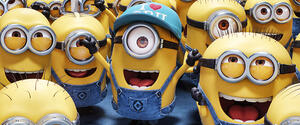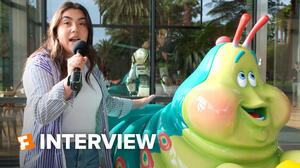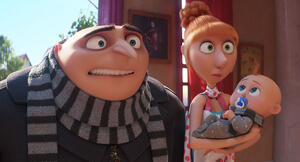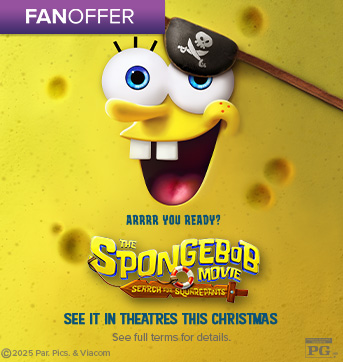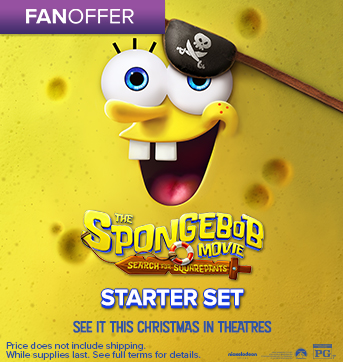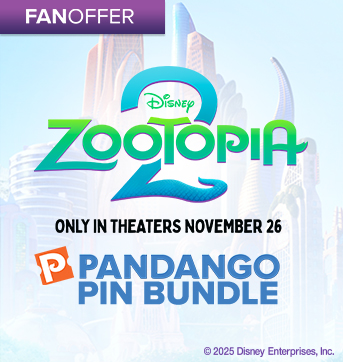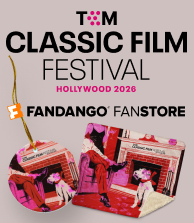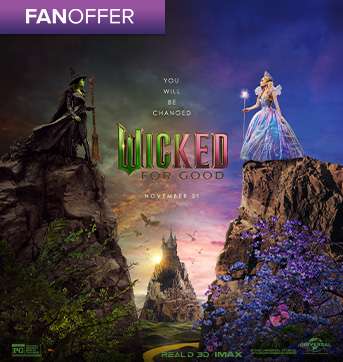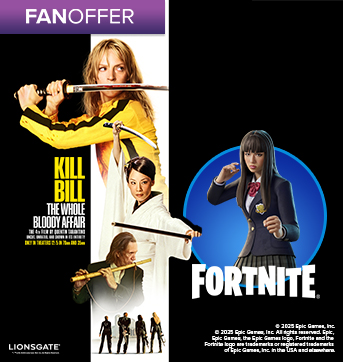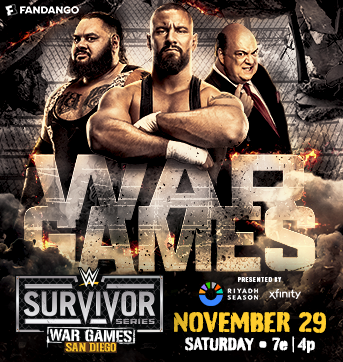Inside the historic El Capitan Theatre in Hollywood, moviegoers now experience the most advanced cinematic technology, a completely immersive Dolby ATMOS sound system featuring over 100 speakers. This proved important on a recent visit to the theater for an exclusive sneak peek of the upcoming Disney release The Jungle Book.
Our hosts that day, Jungle Book director Jon Favreau and visual effects supervisor Rob Legato, took full advantage of the theater’s capabilities to explain the groundbreaking technology used in their 3D live-animation adventure-fantasy film, which opens in theaters April 15.
Walt Disney Studios holds fast to the ideology that art informs technology and technology inspires art. In The Jungle Book, audiences will be immersed in a photorealistic jungle with characters that will beg the question of where reality stops and imagination begins. "I wanted to embrace technology and push it to the limit,” Favreau said.

Apart from Mowgli, the only human character in the film (played by newcomer Neel Sethi), the characters and the environments they reside in are imagined and created using technology more often seen in movies "when things are blowing up,” Favreau noted. However in Jungle Book he said they’re used to evoke human emotion and give realism to the animal characters and the nature that surrounds them.
To create what Favreau calls a “pleasantly beautiful, hypnotic environment," filmmakers took the best of the photorealistic animation process, the best motion-capture techniques and the best of live-action shooting and combined them in a way no one has ever done before. “It’s a photo-real film grounded in the real world,” Legato explained.
To demonstrate the effects, we were privy to a handful of early test clips which showed a simple bird on a branch and a turtle in its natural habitat. Without Favreau’s reveal that none of the images seen on screen were real, it would have been impossible to tell the difference.

In tandem with the technology, Favreau also felt a strong responsibility to convey the story in a fresh way. And although many iterations of Rudyard Kipling's classic exist, Favreau’s reason for reimagining this live-action/animated adaptation of The Jungle Book were quite personal. "The bond between Mowgli and Baloo made a very strong impression on me as a kid,” he said. "It reminded me of my own relationship with my grandfather, who was a big part of my life."
While previous generations like Walt Disney Studios chairman Alan Horn grew up with the books, Favreau’s point of reference was always the movie. "There was a dreamlike, surreal quality to the old films. There was a high benchmark to uphold because of the music and emotion, and I wanted to preserve that," Favreau said. But rather than create a remake of Disney's 1967 animated film, he drew inspiration from the classic film while preserving the "gravitas" and mythology that characterized Kipling's stories.
While Favreau maintained the story structure of the animated classic, he also wanted a gritty realism to the film. “We play with a tone that has a lot more jeopardy and where survival isn't necessarily a given," he said. "Walt's dream was always to pull families together, but not necessarily in the most obvious or predictable way."
For Favreau, it was important to strike a balance between honoring the emotional and perceived memory of the original film while appealing to a broad audience. “If you're a Disney fan, you'll notice attention to detail that honors the film's legacy,” Favreau hinted.




